When you are working on images and want to save or organize some of them differently, PDF format will be a great choice since it makes sharing over all platforms very easy. This article covers 2 proven ways to convert an Image to PDF Windows.
Part 1. Convert Image to PDF on Windows 10/11 Via UPDF
Converting your images to PDF documents can't get better than this. UPDF offers the best functionality for this conversion thanks to its powerful backend. It is not just an image-to-PDF conversion tool; it packs much more power than that. It comes as a PDF organizer and viewer, giving you a complete experience. You can try it via the below download button.
Windows • macOS • iOS • Android 100% secure
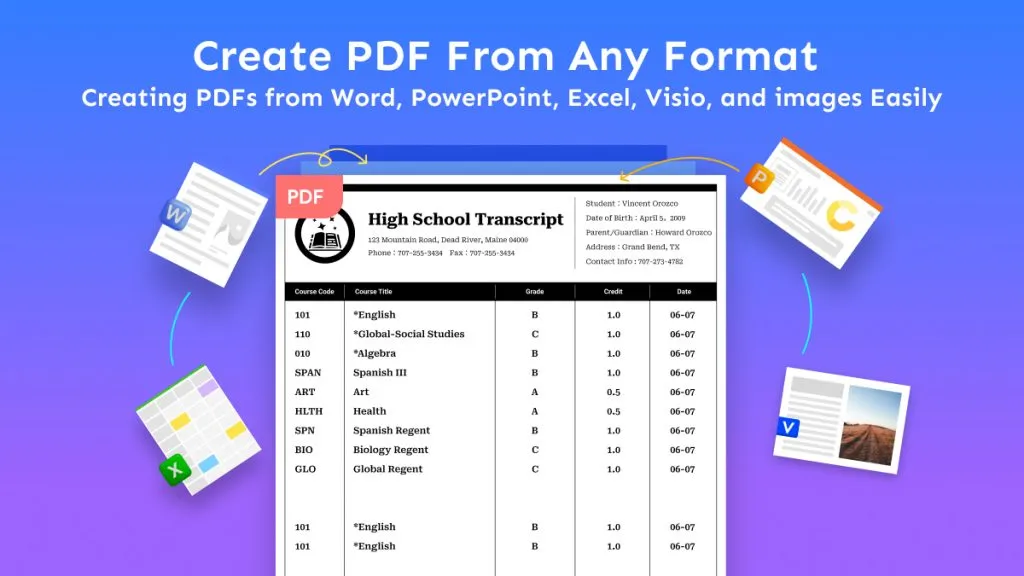
Since there are no built-in tools with a complete PDF working experience in the Windows OS, UPDF takes care of that and offers you an amazing experience all in one place. Speaking of its technical benefits, it brings Cloud and AI capabilities. Moreover, collaboration through sharing and annotation is made very easy. UPDF ensures that all documents across different devices are synced in real-time.
UPDF not only allows you to convert singular images to PDF, but it brings more value by allowing you to combine multiple images into one PDF document. Along with such a feature-rich experience, using UPDF for converting images to PDF is also very simple. Below are the details of both conversion methods you can try with UPDF.
1. Convert One Image to a PDF on Windows 11/10
Here are the steps you will be following on UPDF for the conversion:
1. Create PDF from Image
This method starts using the "create PDF from image" functionality at UPDF. To use this functionality, you first need to open UPDF. Double-click the desktop icon, and it will open. Then click "File" from the top and navigate the cursor to "Create" It will show a list of options from where you will select "PDF from Image" It is the built-in feature of UPDF that allows you to instantly convert images of multiple formats into PDF documents. Select any image using the browse function and click “open."
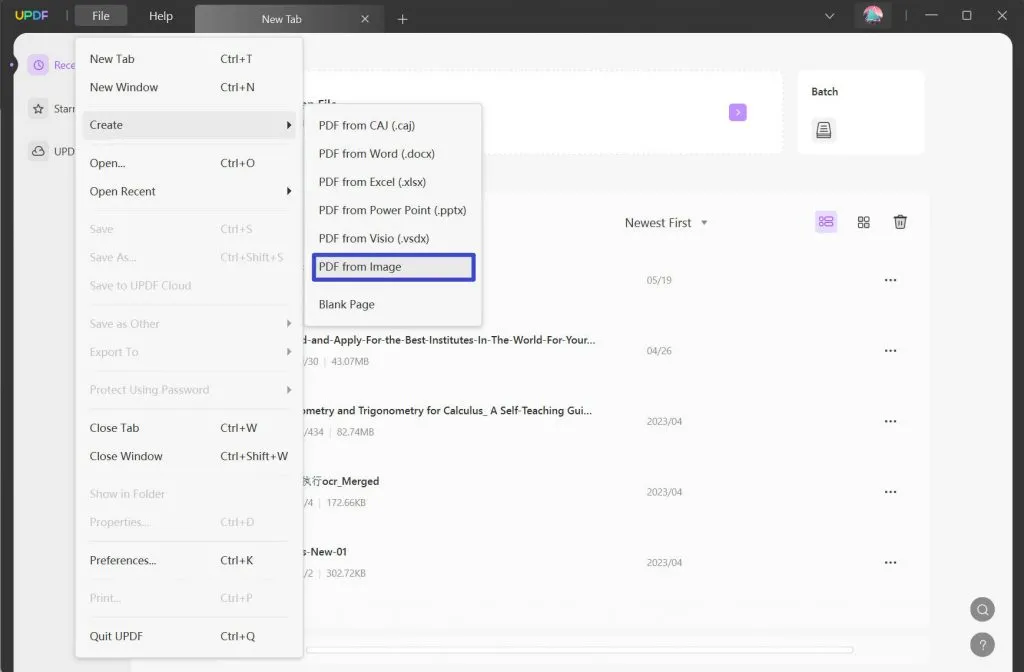
2. Save as Other
As you open the image, it will be converted to PDF automatically, and UPDF will take you to the "Reader" mode. Here you will have a vertical menu on the right side. From that menu, click "Save as Other”. Now you will have multiple saving options in front of you. The simplest one to pick here is “Save." For better efficiency, you can simultaneously press the "Ctrl + S" buttons on your keyboard.
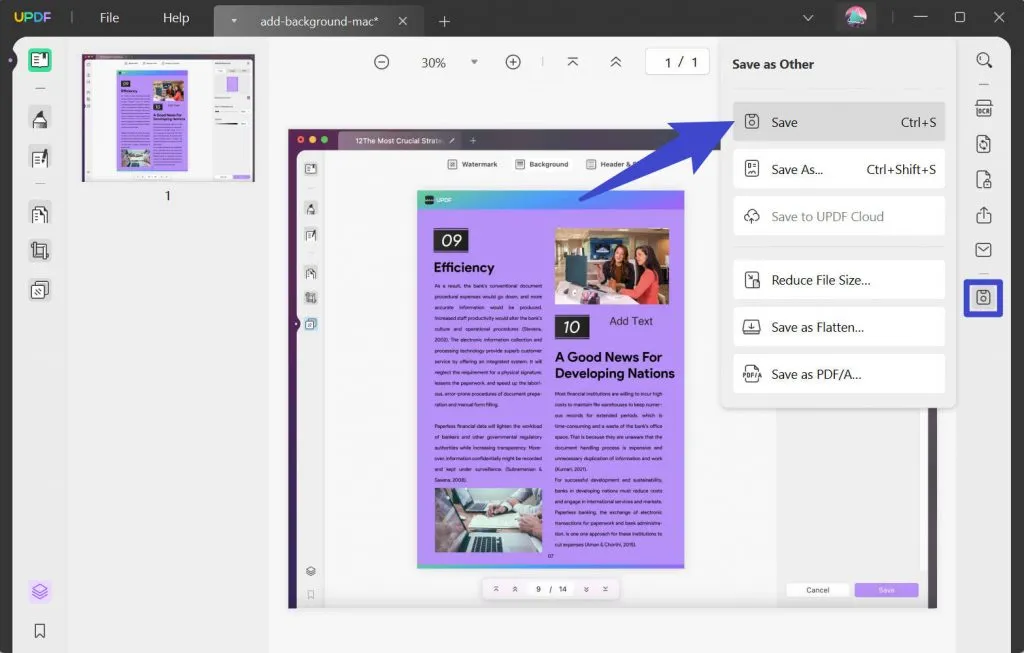
3. Save PDF Copy
Now you will see a browse screen that allows you to select the saving destination for the PDF. You can rename the PDF document before you click "Save," and the PDF copy of your image gets saved on the PC's offline storage.
2. Convert Multiple Images to One PDF on a PC
What sets UPDF apart from other PDF image conversion tools and methods is that you can use multiple images and collectively convert them into one PDF document. This function at UPDF does not come with any difference in the performance or user experience, making it extremely beneficial for creating big PDF files with multiple images.
Once you select all the images and start the conversion, it does not make you wait, and the file is instantly available to be saved on your PC. Here are the steps you can follow on UPDF for converting multiple images into a singular PDF document:
1. Open UPDF, Select Combine in Batch
You can open UPDF using a similar way of double-clicking its desktop icon as in the previous method. However, there is another way of opening it when you don’t have a desktop icon. You must search the Windows Search option with "UPDF" and hit enter.
Now you will have UPDF running on your PC. Instead of using the File option, you will click "Batch," from the 5 options available in the Batch feature, select "Combine. You will now move to a new screen that asks you to add files.
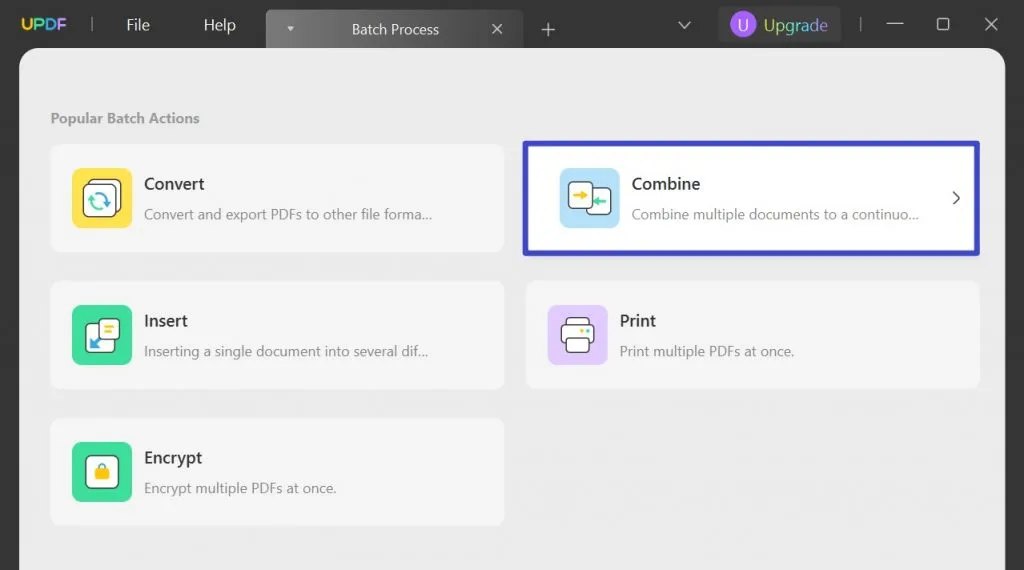
2. Add Files to Batch Combine
Click the "Add Files" button on the UPDF screen to open the browse window for selecting files. Now you can select multiple images by clicking them, and they can be of different image formats. As you select an image, click "Open," and it will load in UPDF.
Click the "Add Files" button from the top right to add more images. After you are done adding images, you can also set their order by holding, dragging, and releasing an image to move it up or down.
3. Apply and select a destination folder.
After you have added all images and set their order, you can click "Apply" at the bottom right of the screen. UPDF will now prompt you to select a folder on your PC where this file will be saved. So, you can select a folder and click "Save." Now UPDF will save the PDF file created with those multiple images in that destination inside a folder named "UPDF-Merge." You may look for this folder, and you will find our files in it.
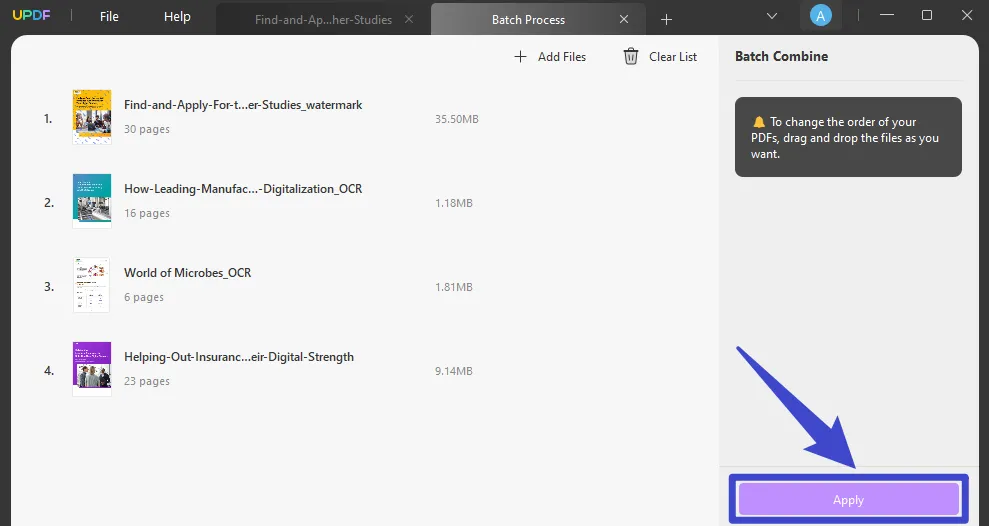
Part 2. Convert Image to PDF in Windows 10/11 Via Printing
Sometimes you don’t want to use any third-party application with your pictures. Although Windows OS does not come with in-depth PDF editing capabilities, there are methods that you can use to get the job done. The printing method is one of those methods. It helps you convert your images to PDF documents with ease. The best part about it is that the process is completely free.
Moreover, it works offline, and since it comes with a built-in feature, you don’t need to download or install anything on your PC. Although you must know some printing technicalities to use this process, it is still easy for everyone. Here are all the steps to follow for converting an image to PDF via printing method:
1. Open the image and print
Find the image that you want to convert into a PDF document and double-click it. If it opens with the "Photos" app, you can proceed. Otherwise, right-click, select "Open With," and select “Photos." Once the image opens in the Photos app, click the 3-dots button on top and select "Print." An easy way to print is by pressing the "Ctrl + P" buttons together.
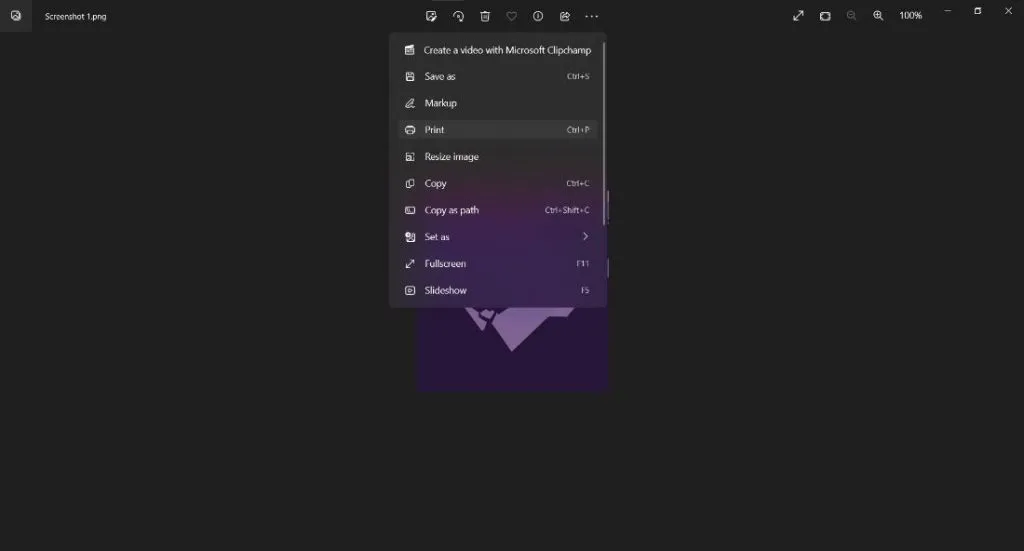
2. Set printing preferences
Now you will see a new window in front of you that contains all the printing settings. The first change you must make here is setting the printer to "Microsoft Print to PDF." You also have multiple other options, including orientation, fit, page size, etc. If required, you may set any of these or leave them in default settings.
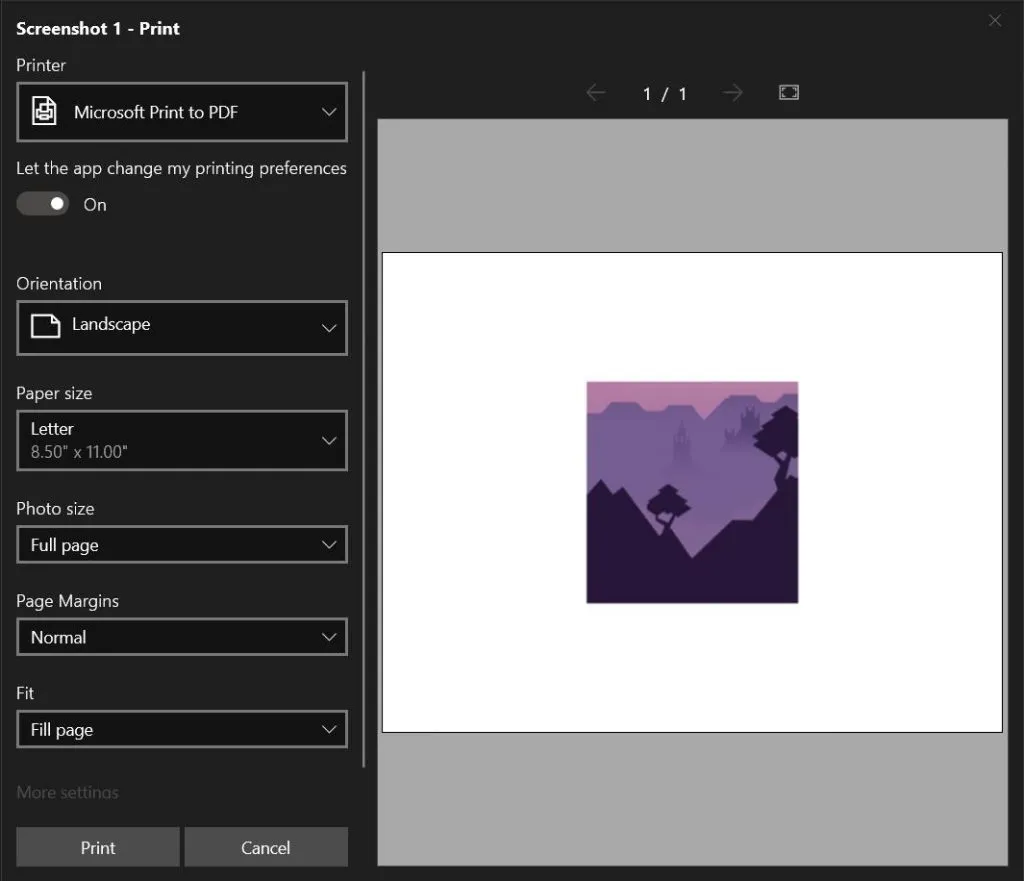
3. Save to offline storage.
Now click "Print," and a browse window will appear. Select the destination folder for saving that newly created PDF file. If needed, you may also rename the file. Click "Save," and the image converted into a PDF document will now be saved to your offline storage in PDF format.
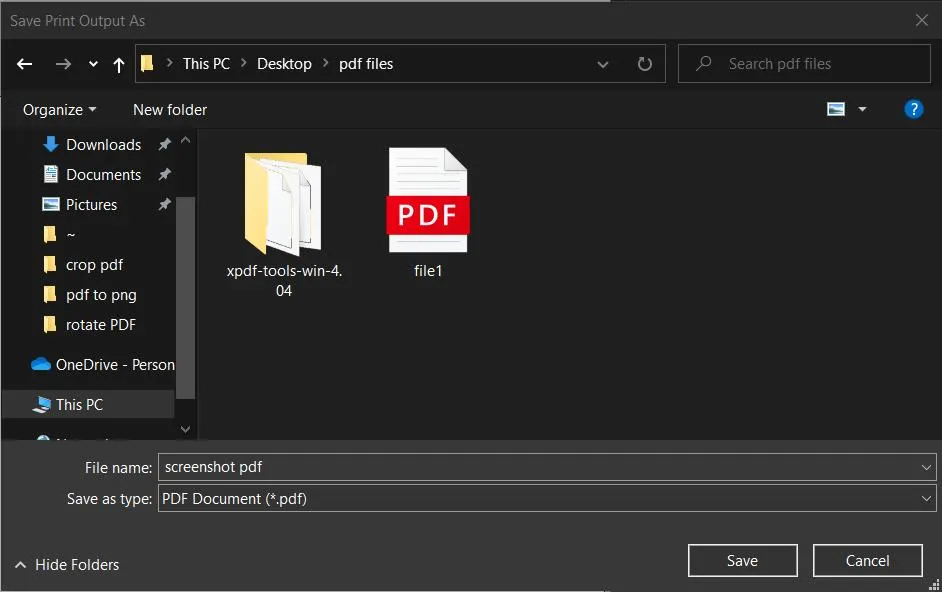
Final Words
You will encounter multiple online and offline tools whenever you want to convert an image to PDF Windows. However, it is important to understand that not all offer the same functionality, experience, and reliability. When working with images, you must care for your privacy and security, and that's where UPDF and Printing options make the best choice.
UPDF is a better option considering you can convert one image to PDF or multiple to one PDF document. The best part about it is its complete PDF editing package. Whether you need to do a PDF document, UPDF will be your tool of choice.
If you only want to convert an image to PDF once, then you may opt for the printing method. However, if you must work with PDF documents frequently, UPDF will be your best viewer, organizer, and editor software. Download it now to have a try.
Windows • macOS • iOS • Android 100% secure
 UPDF
UPDF
 UPDF for Windows
UPDF for Windows UPDF for Mac
UPDF for Mac UPDF for iPhone/iPad
UPDF for iPhone/iPad UPDF for Android
UPDF for Android UPDF AI Online
UPDF AI Online UPDF Sign
UPDF Sign Edit PDF
Edit PDF Annotate PDF
Annotate PDF Create PDF
Create PDF PDF Form
PDF Form Edit links
Edit links Convert PDF
Convert PDF OCR
OCR PDF to Word
PDF to Word PDF to Image
PDF to Image PDF to Excel
PDF to Excel Organize PDF
Organize PDF Merge PDF
Merge PDF Split PDF
Split PDF Crop PDF
Crop PDF Rotate PDF
Rotate PDF Protect PDF
Protect PDF Sign PDF
Sign PDF Redact PDF
Redact PDF Sanitize PDF
Sanitize PDF Remove Security
Remove Security Read PDF
Read PDF UPDF Cloud
UPDF Cloud Compress PDF
Compress PDF Print PDF
Print PDF Batch Process
Batch Process About UPDF AI
About UPDF AI UPDF AI Solutions
UPDF AI Solutions AI User Guide
AI User Guide FAQ about UPDF AI
FAQ about UPDF AI Summarize PDF
Summarize PDF Translate PDF
Translate PDF Chat with PDF
Chat with PDF Chat with AI
Chat with AI Chat with image
Chat with image PDF to Mind Map
PDF to Mind Map Explain PDF
Explain PDF Scholar Research
Scholar Research Paper Search
Paper Search AI Proofreader
AI Proofreader AI Writer
AI Writer AI Homework Helper
AI Homework Helper AI Quiz Generator
AI Quiz Generator AI Math Solver
AI Math Solver PDF to Word
PDF to Word PDF to Excel
PDF to Excel PDF to PowerPoint
PDF to PowerPoint User Guide
User Guide UPDF Tricks
UPDF Tricks FAQs
FAQs UPDF Reviews
UPDF Reviews Download Center
Download Center Blog
Blog Newsroom
Newsroom Tech Spec
Tech Spec Updates
Updates UPDF vs. Adobe Acrobat
UPDF vs. Adobe Acrobat UPDF vs. Foxit
UPDF vs. Foxit UPDF vs. PDF Expert
UPDF vs. PDF Expert

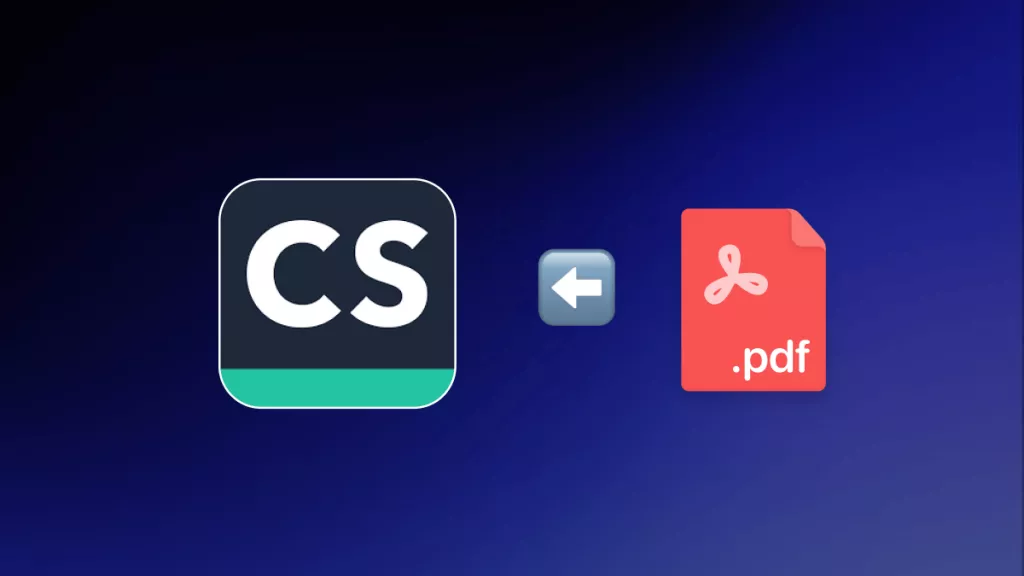
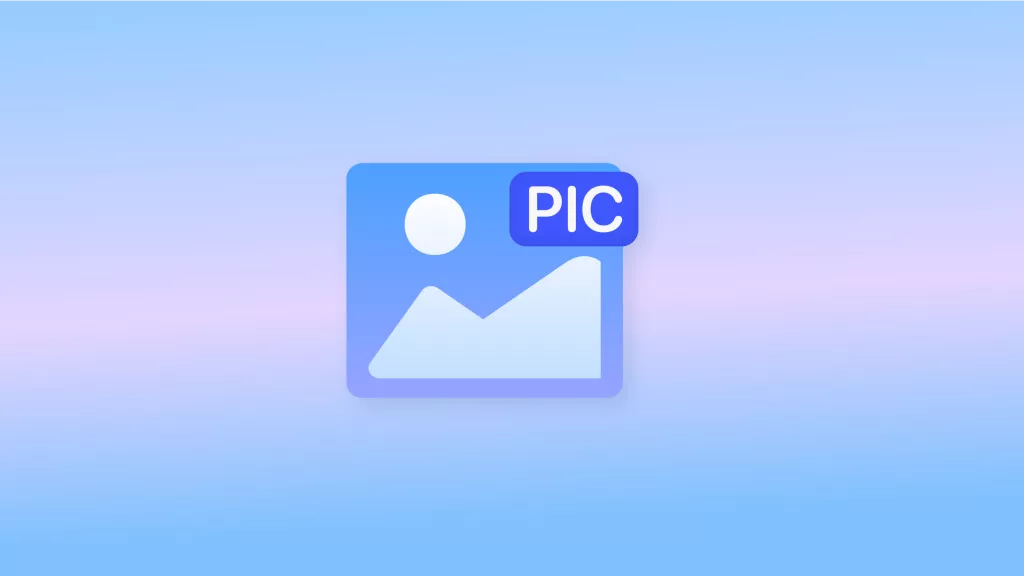

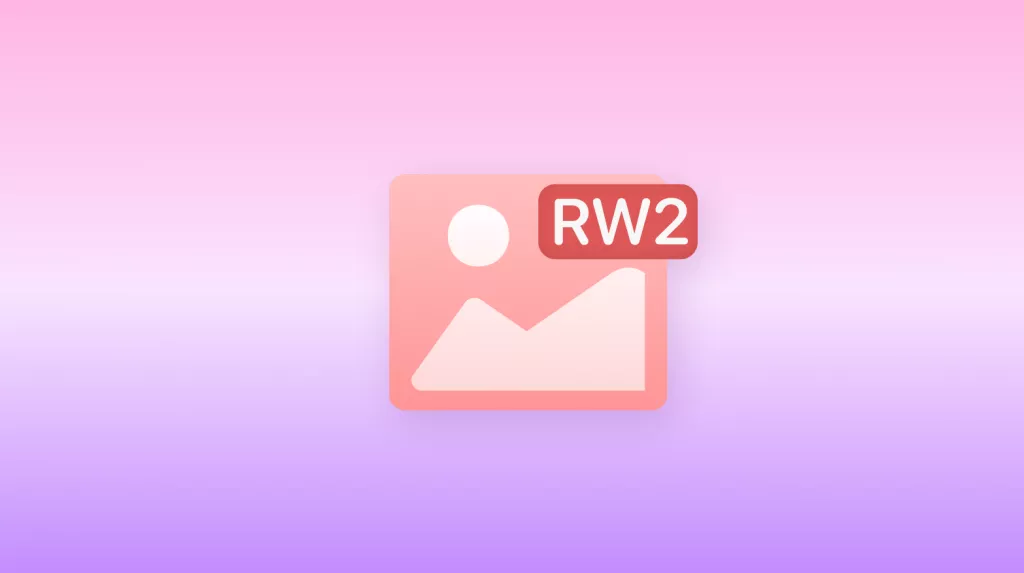

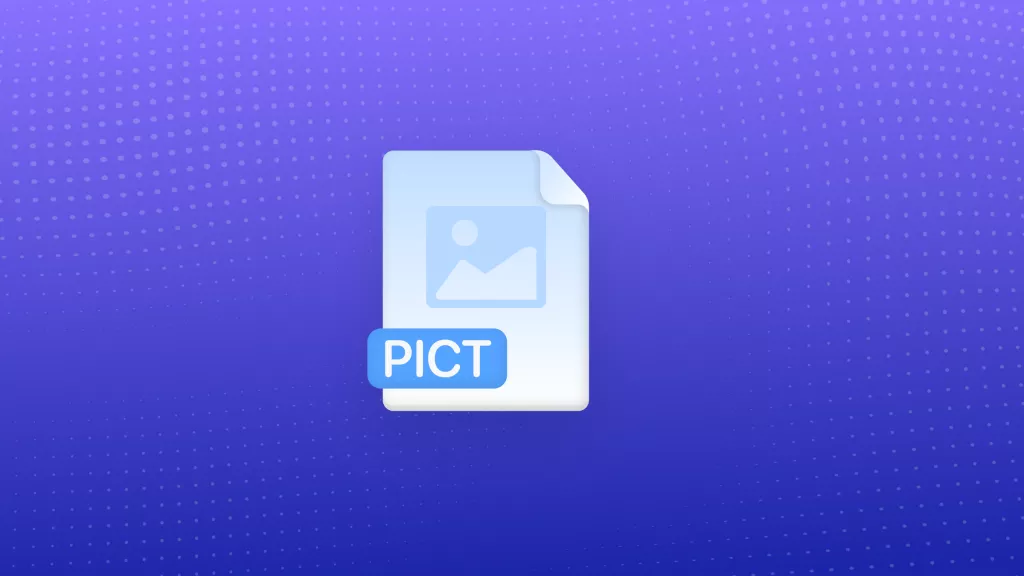

 Engelbert White
Engelbert White 
 Enola Davis
Enola Davis 
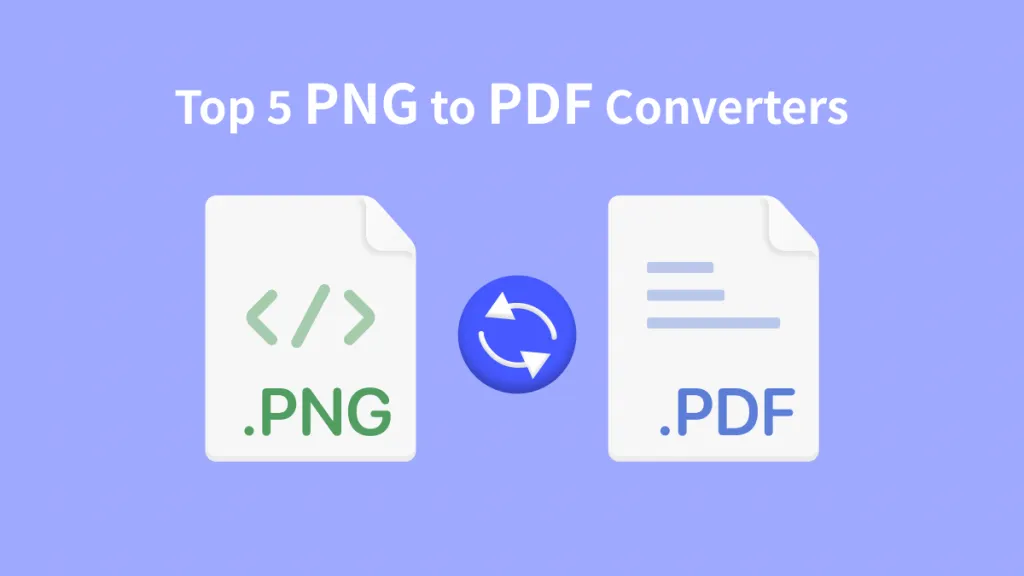
 Delia Meyer
Delia Meyer 